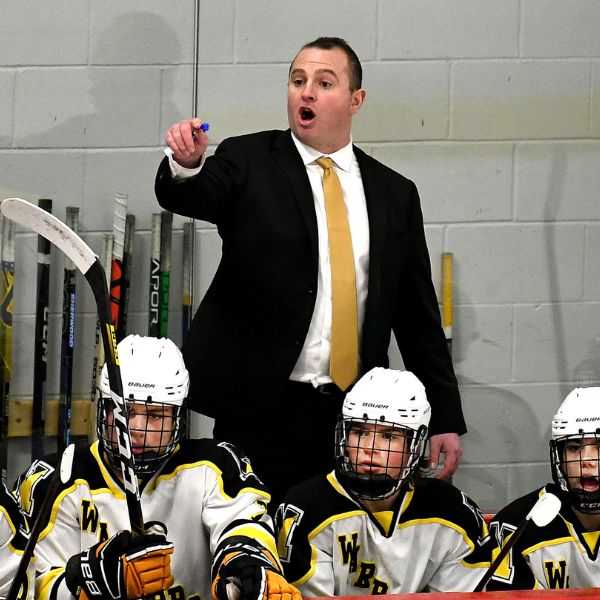Small Group Training
Train in tight coach-to-player ratios that allow for immediate corrections and detailed teaching on every rep.
Skill Pillar
Coachability turns feedback into faster growth. It’s the combination of body language, communication, and the ability to apply adjustments under pressure.

Players with high coachability absorb information quickly and implement it without taking feedback personally. They use open body language, maintain eye contact, and summarize instructions before stepping back into the drill.
Build a 3-step routine: Listen → Repeat the cue → Deliver the change. Finishing the loop tells coaches they can trust you in special situations.
Keep a dedicated coachability page in your notebook.
Practice concise, respectful language.
Have a teammate rate each statement 1-5. Anything below 4 becomes a focus for the week.
Watch with your team notebook nearby—capture the coaching cue used and how the player responds.
Matt Mangene Talks about Being Coachable. Hear how an AHL veteran adapted to new roles and kept making rosters. Open on YouTube
Helping Players Become Coachable. Youth coaching tips that also apply at older levels—note the language cues parents and coaches use. Open on YouTube
The 3 Factors to Gauge Coachability. Short breakdown of awareness, attitude, and action—use it as a quick pre-practice reminder. Open on YouTube
Cutting Edge Ice Academy
Use guided sessions that emphasize feedback loops and teachable reps so you can absorb and apply instruction quickly.
Train in tight coach-to-player ratios that allow for immediate corrections and detailed teaching on every rep.
Blend skill stations with coach-led video so you can translate pointers into game-speed execution the same day.
Customize each session around recent feedback so you show up to practice ready to implement adjustments.
Print a weekly log to capture cues, feelings, and follow-up questions.
Download templateShort read for players and parents on why response matters more than skill.
Read on USAHockey.comSet a five-minute meeting with your position coach once a week to align on upcoming focuses.
Guide from PCA